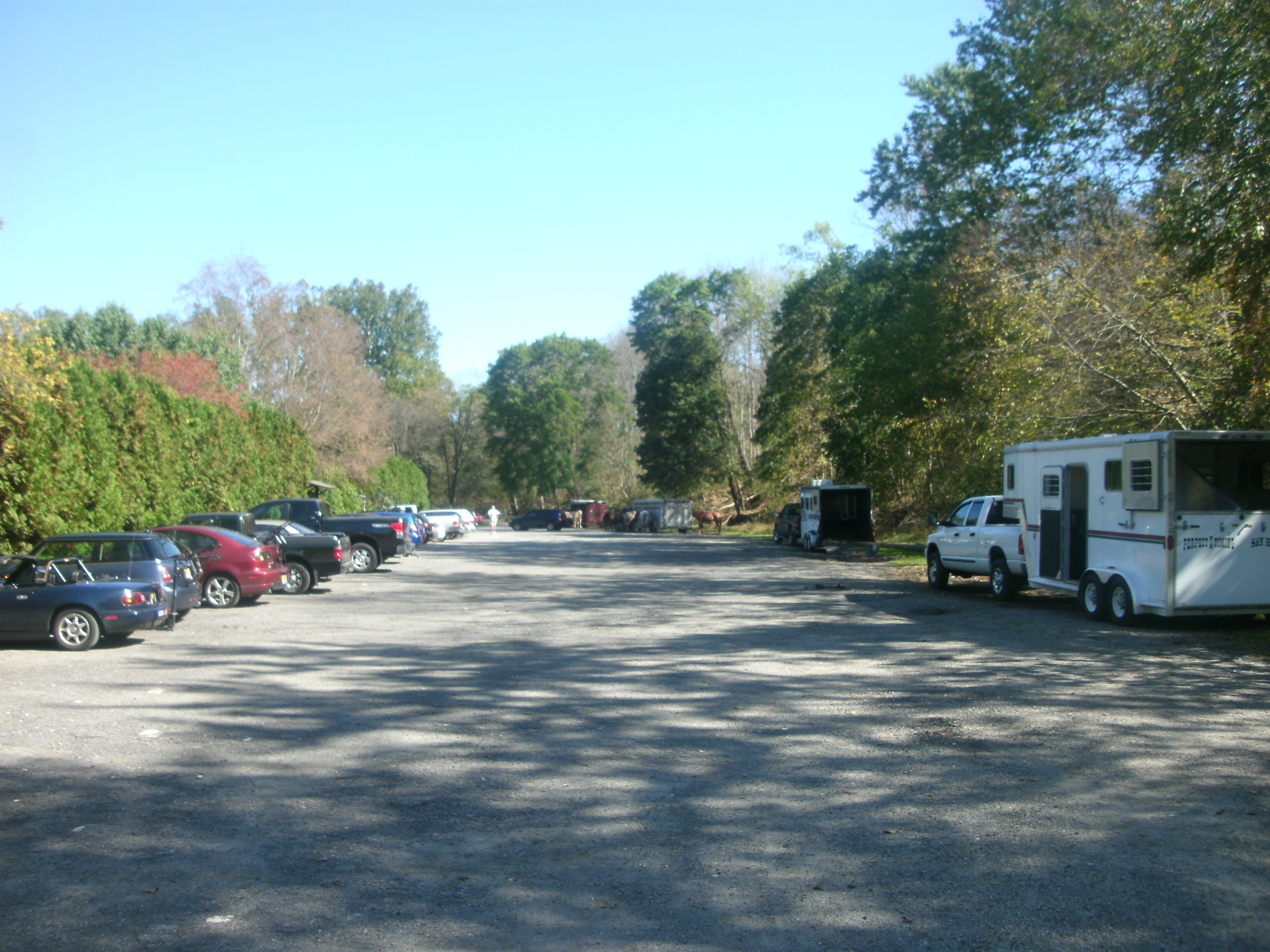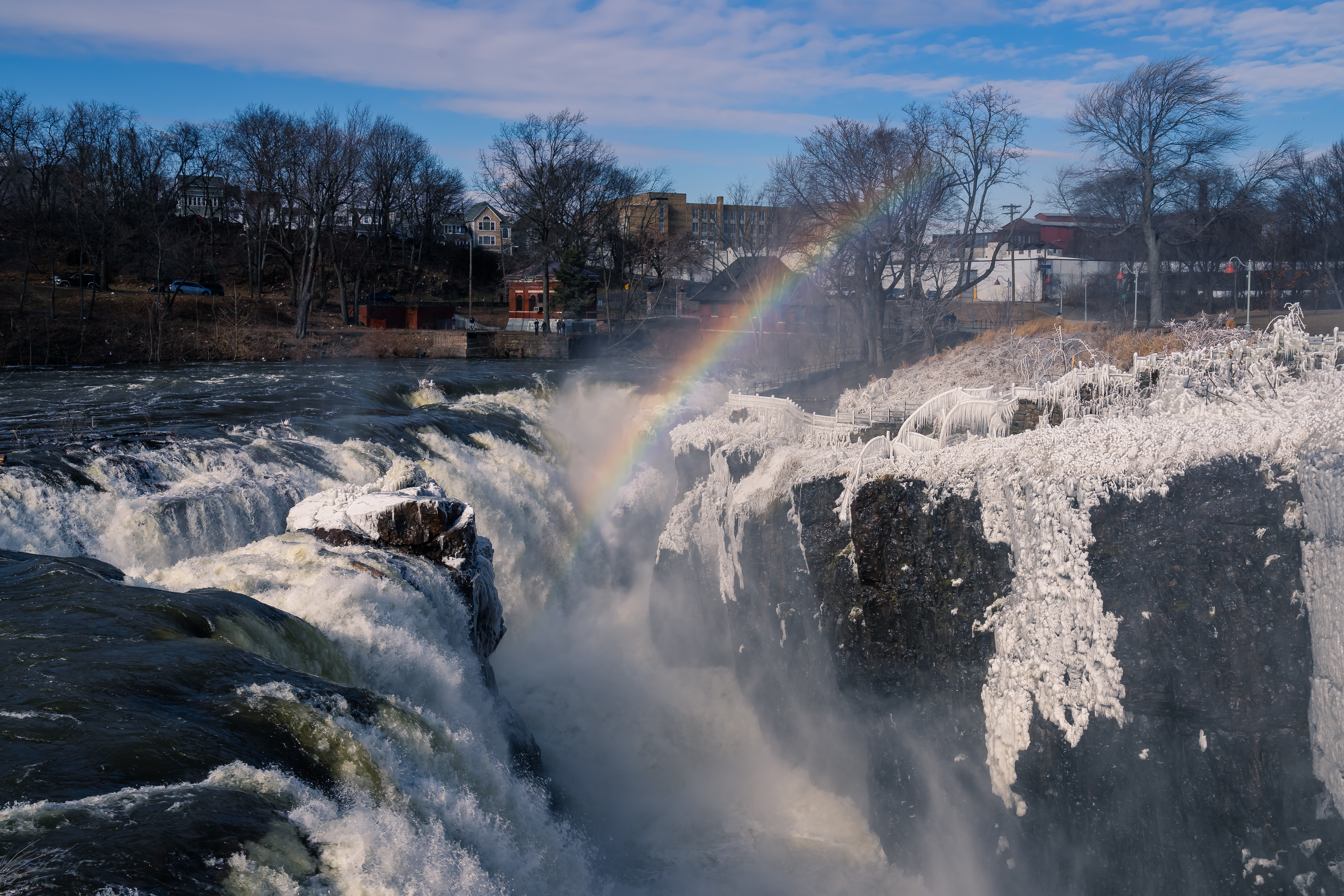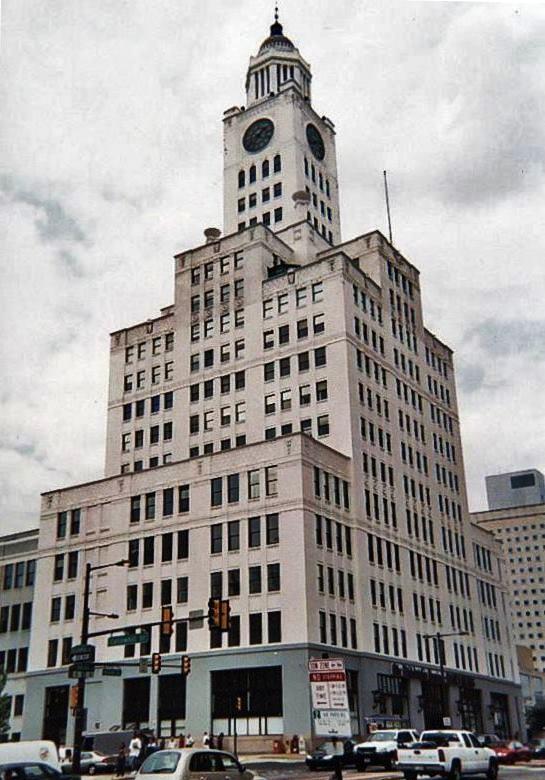|
Yards Creek Generating Station
Yards Creek Generating Station is a pumped-storage hydroelectric plant in Blairstown and Hardwick Township in Warren County, New Jersey, United States. The facility is owned bREV Renewables which purchased it from Public Service Enterprise Group and FirstEnergy in 2020 and 2021. It has an installed capacity of 420 MW. Location The facility is located in the Delaware Water Gap region of the New Jersey Skylands. When built, the complex stretched into the former Pahaquarry Township. Pahaquarry got its name from the word Pahaquarra, which was a derivation of the Native American word Pahaqualong, which meant "the place between the mountains beside the waters". The township dissolved in 1997, becoming part of Hardwick Township Operations Commercial operation began in 1965 and the power station was upgraded in the 1990s. Yards Creek consists of two reservoirs created by earth-fill embankment dams. The upper and lower reservoirs are separated by an elevation of . Water is conveye ... [...More Info...] [...Related Items...] OR: [Wikipedia] [Google] [Baidu] |
Blairstown, New Jersey
Blairstown is a township in Warren County, New Jersey. As of the 2020 U.S. census, Blairstown's population was 5,704. As of the 2010 United States Census, the township's population was 5,967DP-1 - Profile of General Population and Housing Characteristics: 2010 for Blairstown township, Warren County, New Jersey . Accessed September 19, 2012. [...More Info...] [...Related Items...] OR: [Wikipedia] [Google] [Baidu] |
Embankment Dam
An embankment dam is a large artificial dam. It is typically created by the placement and compaction of a complex semi-plastic mound of various compositions of soil or rock. It has a semi-pervious waterproof natural covering for its surface and a dense, impervious core. This makes the dam impervious to surface or seepage erosion. Such a dam is composed of fragmented independent material particles. The friction and interaction of particles binds the particles together into a stable mass rather than by the use of a cementing substance. Types Embankment dams come in two types: the earth-filled dam (also called an earthen dam or terrain dam) made of compacted earth, and the rock-filled dam. A cross-section of an embankment dam shows a shape like a bank, or hill. Most have a central section or core composed of an impermeable material to stop water from seeping through the dam. The core can be of clay, concrete, or asphalt concrete. This type of dam is a good choice for sites wit ... [...More Info...] [...Related Items...] OR: [Wikipedia] [Google] [Baidu] |
Dams In New Jersey
Following is a list of dams and reservoirs in New Jersey. All major dams are linked below. The National Inventory of Dams defines any "major dam" as being tall with a storage capacity of at least , or of any height with a storage capacity of . Dams and reservoirs in New Jersey :''This list is incomplete. You can help Wikipedia by expanding it.'' * Beatties Dam, Passaic River Little Falls * Brick Township Reservoir, Brick Township Municipal Utilities Authority * Butler Reservoir, Passaic County *Colonial Lake, Lawrence Township * Dundie Dam, Passaic River * Furry Lake, East Brunswick and North Brunswick * Furnace Road Dam, Wanaque Reservoir, North Jersey District Water Supply Authority * Hackensack Reservoir No. 2, United Water New Jersey * Jersey City Reservoir No. 3 *Lake Carnegie Dam, Lake Carnegie, Princeton University * Lake Hopatcong Dam, Lake Hopatcong, New Jersey Division Of Parks And Forestry * Lake Musconetcong Dam. Lake Musconetcong *Lake Tappan Dam, Lake ... [...More Info...] [...Related Items...] OR: [Wikipedia] [Google] [Baidu] |
1965 Establishments In New Jersey
Events January–February * January 14 – The Prime Minister of Northern Ireland and the Taoiseach of the Republic of Ireland meet for the first time in 43 years. * January 20 ** Lyndon B. Johnson is Second inauguration of Lyndon B. Johnson, sworn in for a full term as President of the United States. ** Indonesian President Sukarno announces the withdrawal of the Indonesian government from the United Nations. * January 30 – The Death and state funeral of Winston Churchill, state funeral of Sir Winston Churchill takes place in London with the largest assembly of dignitaries in the world until the 2005 funeral of Pope John Paul II. * February 4 – Trofim Lysenko is removed from his post as director of the Institute of Genetics at the Russian Academy of Sciences, Academy of Sciences in the Soviet Union. Lysenkoism, Lysenkoist theories are now treated as pseudoscience. * February 12 ** The African and Malagasy Republic, Malagasy Common Organization ('; OCA ... [...More Info...] [...Related Items...] OR: [Wikipedia] [Google] [Baidu] |
Energy Infrastructure Completed In 1965
In physics, energy (from Ancient Greek: ἐνέργεια, ''enérgeia'', “activity”) is the quantitative property that is transferred to a body or to a physical system, recognizable in the performance of work and in the form of heat and light. Energy is a conserved quantity—the law of conservation of energy states that energy can be converted in form, but not created or destroyed. The unit of measurement for energy in the International System of Units (SI) is the joule (J). Common forms of energy include the kinetic energy of a moving object, the potential energy stored by an object (for instance due to its position in a field), the elastic energy stored in a solid object, chemical energy associated with chemical reactions, the radiant energy carried by electromagnetic radiation, and the internal energy contained within a thermodynamic system. All living organisms constantly take in and release energy. Due to mass–energy equivalence, any object that has mass whe ... [...More Info...] [...Related Items...] OR: [Wikipedia] [Google] [Baidu] |
Pumped-storage Hydroelectric Power Stations In The United States
Pumped-storage hydroelectricity (PSH), or pumped hydroelectric energy storage (PHES), is a type of hydroelectric energy storage used by electric power systems for load balancing. The method stores energy in the form of gravitational potential energy of water, pumped from a lower elevation reservoir to a higher elevation. Low-cost surplus off-peak electric power is typically used to run the pumps. During periods of high electrical demand, the stored water is released through turbines to produce electric power. Although the losses of the pumping process make the plant a net consumer of energy overall, the system increases revenue by selling more electricity during periods of peak demand, when electricity prices are highest. If the upper lake collects significant rainfall or is fed by a river then the plant may be a net energy producer in the manner of a traditional hydroelectric plant. Pumped-storage hydroelectricity allows energy from intermittent sources (such as solar, wind ... [...More Info...] [...Related Items...] OR: [Wikipedia] [Google] [Baidu] |
Hydroelectric Power Plants In New Jersey
Hydroelectricity, or hydroelectric power, is electricity generated from hydropower (water power). Hydropower supplies one sixth of the world's electricity, almost 4500 TWh in 2020, which is more than all other renewable sources combined and also more than nuclear power. Hydropower can provide large amounts of low-carbon electricity on demand, making it a key element for creating secure and clean electricity supply systems. A hydroelectric power station that has a dam and reservoir is a flexible source, since the amount of electricity produced can be increased or decreased in seconds or minutes in response to varying electricity demand. Once a hydroelectric complex is constructed, it produces no direct waste, and almost always emits considerably less greenhouse gas than fossil fuel-powered energy plants. [...More Info...] [...Related Items...] OR: [Wikipedia] [Google] [Baidu] |
Buildings And Structures In Warren County, New Jersey
A building, or edifice, is an enclosed structure with a roof and walls standing more or less permanently in one place, such as a house or factory (although there's also portable buildings). Buildings come in a variety of sizes, shapes, and functions, and have been adapted throughout history for a wide number of factors, from building materials available, to weather conditions, land prices, ground conditions, specific uses, prestige, and aesthetic reasons. To better understand the term ''building'' compare the list of nonbuilding structures. Buildings serve several societal needs – primarily as shelter from weather, security, living space, privacy, to store belongings, and to comfortably live and work. A building as a shelter represents a physical division of the human habitat (a place of comfort and safety) and the ''outside'' (a place that at times may be harsh and harmful). Ever since the first cave paintings, buildings have also become objects or canvasses of much artistic ... [...More Info...] [...Related Items...] OR: [Wikipedia] [Google] [Baidu] |
Great Falls (Passaic River)
The Great Falls of the Passaic River is a prominent waterfall, high, on the Passaic River in the city of Paterson in Passaic County, New Jersey. The falls and surrounding area are protected as part of the Paterson Great Falls National Historical Park, administered by the National Park Service. The Congress authorized its establishment in 2009. One of the United States' largest waterfalls, it played a significant role in the early industrial development of New Jersey starting in the earliest days of the nation. It is part of the Great Falls of Paterson–Garret Mountain National Natural Landmark. It has also been designated as a National Historic Landmark District since 1976. The Great Falls' raceway and power systems were designated a National Historic Civil Engineering Landmark and a National Historic Mechanical Engineering Landmark in 1977. History Formation and early history Geologically, the falls were formed at the end of the last ice age approximately 13,000 years ... [...More Info...] [...Related Items...] OR: [Wikipedia] [Google] [Baidu] |
List Of Power Stations In New Jersey
This is a list of electricity-generating power stations in the U.S. state of New Jersey, sorted by type and name. In 2020, New Jersey had a total summer capacity of 17,424 MW through all of its power plants, and a net generation of 61,106 GWh. The corresponding electrical energy generation mix was 47.8% natural gas, 45.8% nuclear, 2.5% solar, 1.7% coal, 1.2% biomass, 1% non-biogenic waste, and 0.1% hydroelectric & wind. New Jersey's renewable portfolio standard was updated in 2018 to require that 21% of electricity be from renewable sources by 2021, 35% by 2025, and 50% by 2030. In February 2023, Governor Phil Murphy set a goal of 100% clean electricity (including non-renewable zero-emissions sources) by 2035. About 75% of in-state renewable generation came from small- and large-scale solar photovoltaics (PV) that year. Small-scale solar, which includes customer-owned PV panels, delivered an additional net 2,693 GWh of energy to the state's electrical grid during 20 ... [...More Info...] [...Related Items...] OR: [Wikipedia] [Google] [Baidu] |
The Philadelphia Inquirer
''The Philadelphia Inquirer'' is a daily newspaper headquartered in Philadelphia, Pennsylvania. The newspaper's circulation is the largest in both the U.S. state of Pennsylvania and the Delaware Valley metropolitan region of Southeastern Pennsylvania, South Jersey, Delaware, and the northern Eastern Shore of Maryland, and the 17th largest in the United States as of 2017. Founded on June 1, 1829 as ''The Pennsylvania Inquirer'', the newspaper is the third longest continuously operating daily newspaper in the nation. It has won 20 Pulitzer Prizes . ''The Inquirer'' first became a major newspaper during the American Civil War. The paper's circulation dropped after the Civil War's conclusion but then rose again by the end of the 19th century. Originally supportive of the Democratic Party, ''The Inquirers political orientation eventually shifted toward the Whig Party and then the Republican Party before officially becoming politically independent in the middle of the 20th cen ... [...More Info...] [...Related Items...] OR: [Wikipedia] [Google] [Baidu] |







